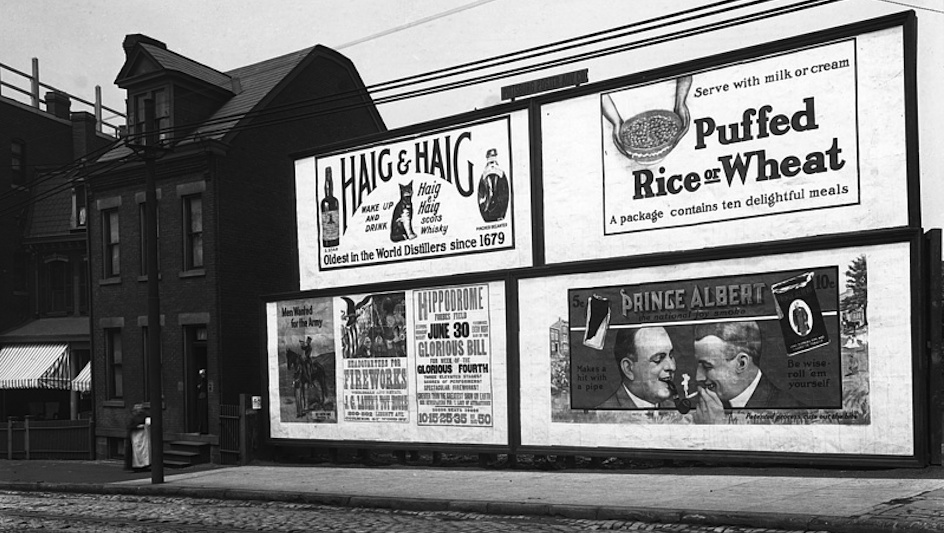
Native advertising is here to stay, despite proclamations of its imminent demise. In its most visible form, native is a transient bridge between old-style advertising and the future. It won’t go away – but it will continue to change.
Likewise, media and its consumers continue to evolve as well. Everything has moved online and mobile is overtaking all other channels. These changes happened faster than the publishing establishment was trained to expect, let alone react and adapt to accordingly.
What emerged as native advertising is a first baby-step into this new age of digital velocity: In-line ads, PPC ads, sponsored captures, and shaded website content delineated (well or poorly) as sponsored messaging. These devices have aroused plenty of controversy and even the FTC’s attention over blurring lines between editorial and advertising.
Native advertising isn’t exactly new – it is an evolution of print media’s advertorial, adapted to the digital age. As in the print world, ineffective forms of native advertising will be replaced with better, richer, more engaging and transparent forms of sponsored content.
SEE ALSO: Rebuilding that Emotional Connection with Your Consumers
Some branded content will morph into forms that stand well on their own. Some will not, and here’s why. Target audiences – consisting of consumers and readers/viewers – overlap in their interest areas, as expressed through their media consumption. The partnership between brands and media benefits everyone (media, brands and consumers). It brings the people to the party. The media channel is the meeting place.
Successful native advertising is designed to generate active user engagement – not just clicks or impressions – first and foremost. It attracts consumers without trickery. It is 100 percent opt-in and encourages viral sharing among social networks. This approach is complemented by gamified mechanics, which transform content into an interactive experience that extends time spent with a brand while still maintaining total transparency.
Native content will either succeed or fail based on how well it connects with its target audience. If it relies solely on a publisher’s merits to get readers diving deeper, it’s almost destined to fail, regardless of FTC action, because today’s consumers are not suckers. They want to choose how and when and with what they interact. Without better execution, native is a yawn-inducing business model destined for the advertising archives – because trend-setters like millennials aren’t impressed by The New York Times’ profile of a diet beverage.
It would be short-sighted to view native advertising simply as ads in editorial disguise. Successful native content should encourage the audience’s self-selection and intentional interaction. Perhaps the FTC and other naysayers should realize that the solution lies not in punishment for blurring the line, but rather acknowledging that brands with innovative engagement strategies will grow and thrive, while those depending on fake newspaper articles will fade away of their own accord.
SEE ALSO: Are You Selling a Product or a Mission?
Research shows that native ads with smart content, such as rich media like videos and photos, consistently outperform standard ads across all engagement metrics. Not only are ad engagement rates higher, but video completion rates are nearly twice as high in native ads compared to those in standard rich-media ads. And with 79 percent of brands acknowledging that native ads must clearly be labeled as ad content, it’s clear there’s little confusion about the bottom line for creating engagement: Be honest about what it is and make it interesting so consumers want to, and aren’t forced to, engage with the ad in its entirety.
Campaigns seeking to create meaningful consumer engagement must do the following:
- Create unique and interactive experiences
- Draw key audiences into the content
- Go viral
- Integrate fun
With these components in place, a native strategy will survive and transcend the pitfalls of the “dead-end” native advertising that has raised the FTC’s hackles today.
Image source: Huffington Post, UnivPittsburghLibraries